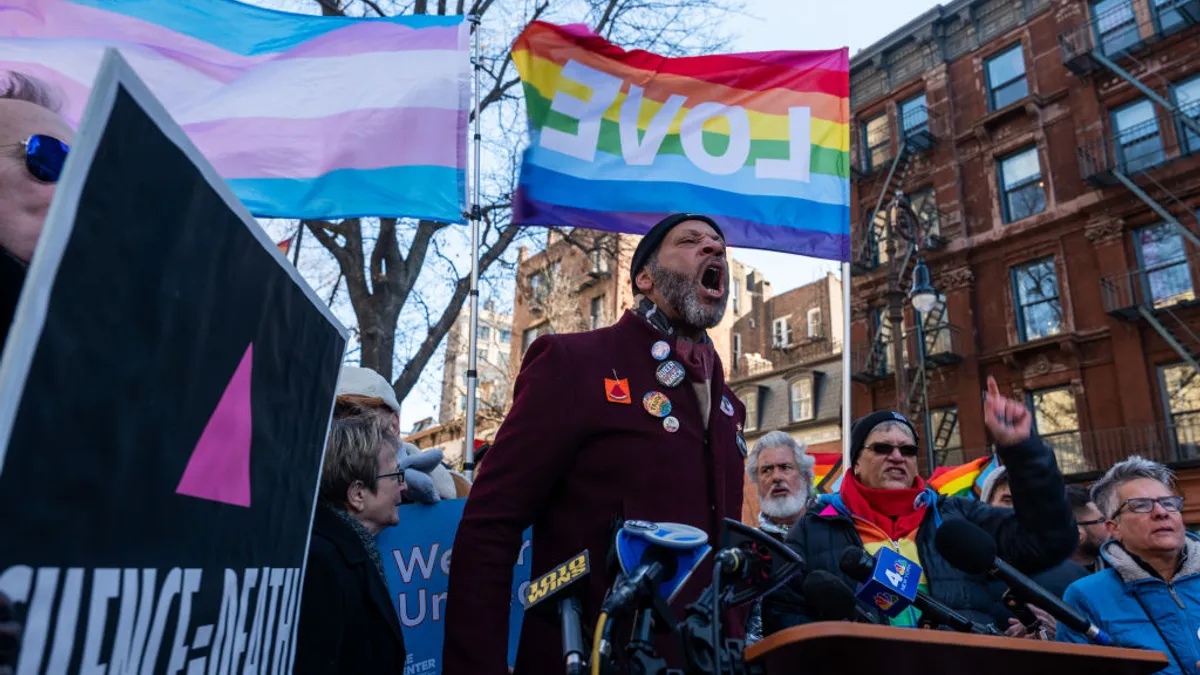From an HR perspective, on-the-job learning often looks like career development seminars, and, if employees are lucky, free college through employers. But HR leads, consider: companies have the opportunity to upskill employees before they even graduate high school. Enter youth employment programs — public or private — whose main objectives are to prime Gen Zers for the workplace and fill companies’ talent gaps.
In Washington, D.C., for example, the Office of Youth Programs administers skills training, academic enrichment and life skills “that are essential for success in the workplace” to high schoolers and young adults. Nearby, Maryland’s Department of Human Services offers “Bridge to Career Success,” a program aiding foster care youth in attaining their GED or high school diploma while receiving job readiness training. More broadly, Maryland’s Job Corps that helps high schoolers graduate, and find and keep “a good job.”
Many local and regional governments across the country have similar youth employment programs. Formerly known as the National Academy Foundation, the nonprofit has launched little academies from coast-to-coast imbuing high schoolers with workplace preparedness. NAF is another option for employers hoping to fill the job vacancies created by the Great Resignation. Of the 120,593 students engaged for the 2021-2022 school year, most of these up-and-coming professionals hailed from the major hubs of North Carolina (7,379 students), New York (8,908 students), Texas (9,491 students), California (13,735 students) and Florida (a whopping 51,410 students).
NAF forges employer partnerships in five industries: engineering, finance, hospitality and tourism, information technology and health sciences.
Liz Perez, the organization’s chief partnership officer and interim chief advancement officer, told HR Dive that NAF students can be an antidote to current staffing issues in the U.S. They can fill ongoing vacancies in the hospitality and travel industries, Perez said.
She added, “We see our students as the solution to organizations’ diversity and inclusion efforts. We have an issue in this country in key industries, like STEM industries. As over 80% of our student base are youth of color, it's a pipeline to organizations’ workforce development goals. It's a diverse pipeline to their workforce development goals.” Along with most students being kids of color, about 60% receive reduced cost or free lunch.
Work-based learning is the core of NAF’s educational model. Employees at partnering companies — AT&T, Deloitte, Johnson & Johnson, Marriott, MasterCard, UnitedHealth’s benefit manager Optum and Verizon, among others — review resumes, conduct informational interviews and facilitate job shadowing for students.
In her conversation with HR Dive, Perez centered NAF’s long-standing relationship with American Express. The two organizations have been partnered for 35 years, she said, with credit to AmEx for bolstering NAF’s tourism and hospitality program in the late 80s.
“What I've heard time and again from my long term partners, like KPMG, American Express and others is that the employees who have participated and volunteered with NAF have actually stayed with the organization longer. That's kind of an anecdote that a lot of HR professionals are aware of,” she said.
Essentially, Perez described increased retention on top of the opportunity to draw in new, qualified and eager faces. While Gen Z drives a hard bargain with what they demand of employers, HR insights from the past six months indicate they want to be both immersed in that ideal workplace and upskilling on the job.
Gen Zers expressed concern that COVID-19 delayed their career growth in a February 2022 report, and more than half of Gen Z respondents said they feel anxious regarding their careers in a March 2022 report. Compared to older generations of workers, Gen Zers were the most likely (76%) to say in a LinkedIn survey that they’re seeking “more opportunities to learn and practice new skills or expertise,” while only 55% of millennials, 48% of Gen Xers and 36% of baby boomers said the same.
According to Perez, employers who offer high school internship and employment programs can do even more good, beyond providing employee mentorship opportunities and reskilling Gen Z professionals. “Our corporate partners and partners in the community help students see what they could do in the future — that awareness gives them an aspiration that they may not have thought of,” she said. In the 2020-2021 NAF cohort, 99% of seniors graduated and 87% were enrolled in a higher education institution.
She noted that the most important benefit for program participants is the network growth. Students make connections with leaders in their community, and industry movers and shakers – people they may not have met otherwise. “Our students will tell you that NAF helped change their lives,” she said. “These connections provide them with the social capital, agency and confidence to be future-ready for whatever they choose to do.”
Clarification: This story has been updated to include the most recent data available from NAF.






















